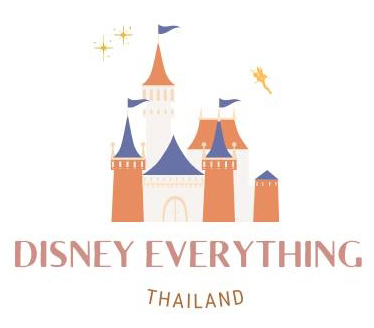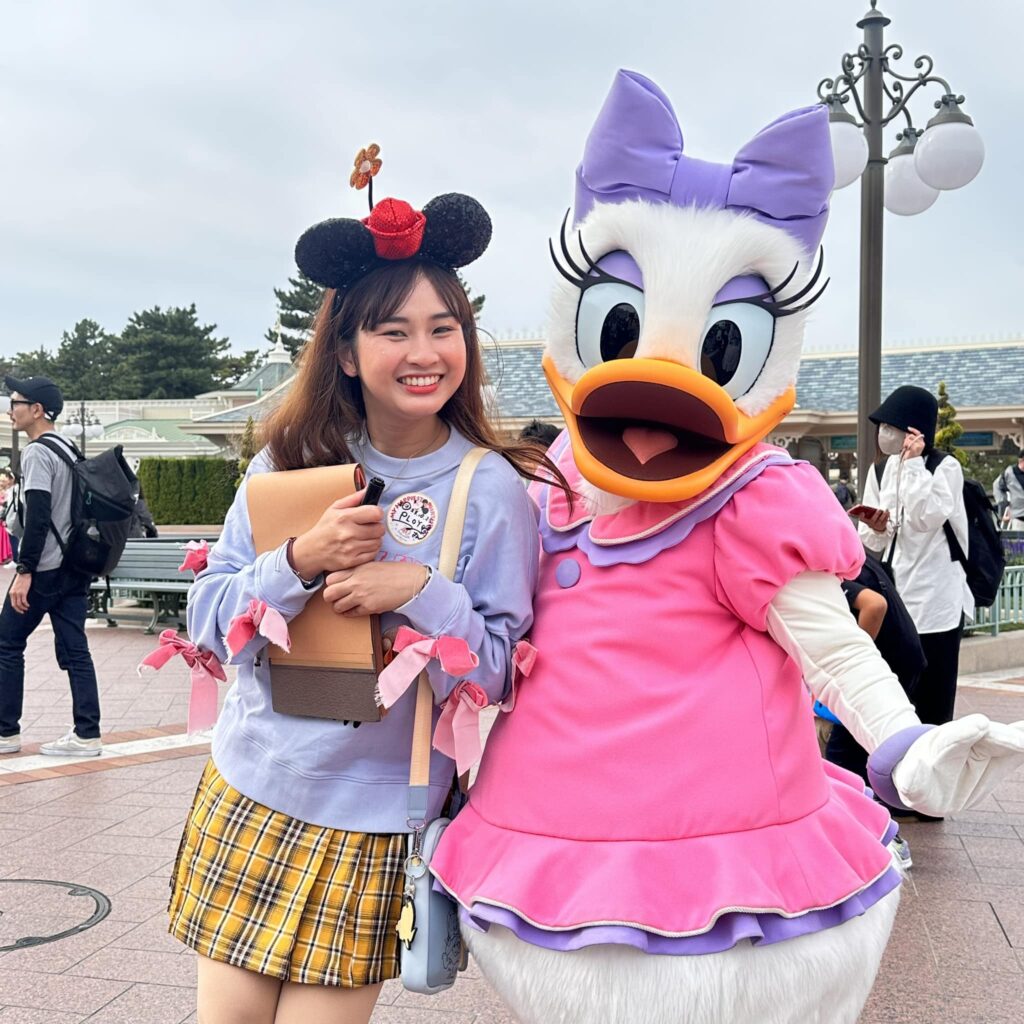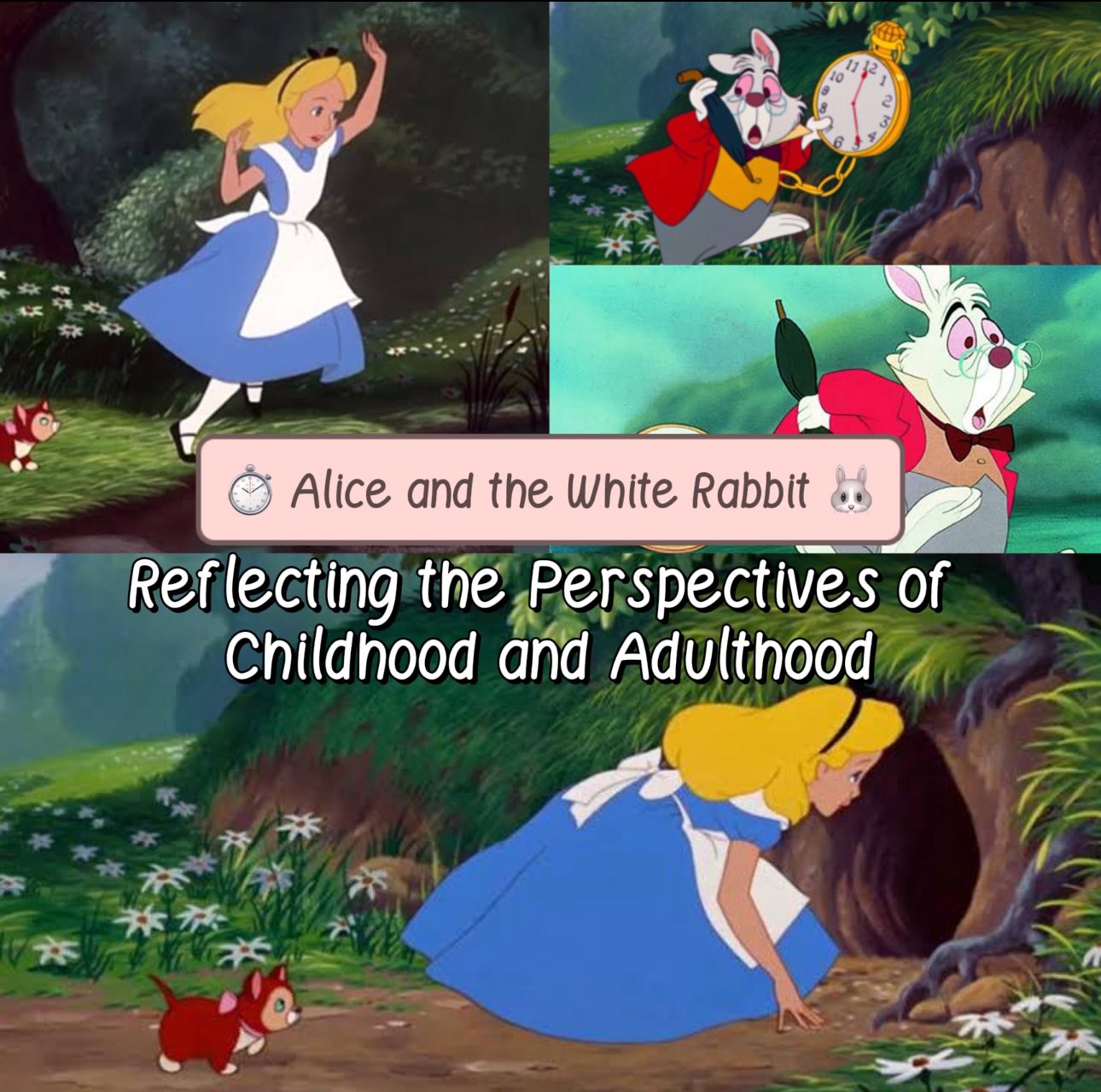Behind the scenes of this year’s highest-grossing animated premiere in Thailand, “Disney and Pixar’s Inside Out 2” brings psychological concepts to life through nine lovable emotion characters, brought to you using Disney and Pixar’s cutting-edge animation technology. Experience it yourself – now showing in theaters.
Behind the Design of Inside Out 2
“Disney and Pixar’s Inside Out 2” has already charmed audiences since its release in theaters on June 12, creating a phenomenon as Thailand’s highest-grossing animated premiere of the year. This sequel brings chaos and excitement with nine emotion characters, led by the returning team from the first film – Joy, Anger, Sadness, Fear, and Disgust – now joined by four new emotions: Anxiety, Envy, Embarrassment, and Ennui. Anyone who’s seen the film will undoubtedly fall in love with all nine emotions, as they not only perfectly express their respective feelings but also showcase distinct personalities and visual identities of their own.
Transforming Abstract Emotions into Tangible Characters
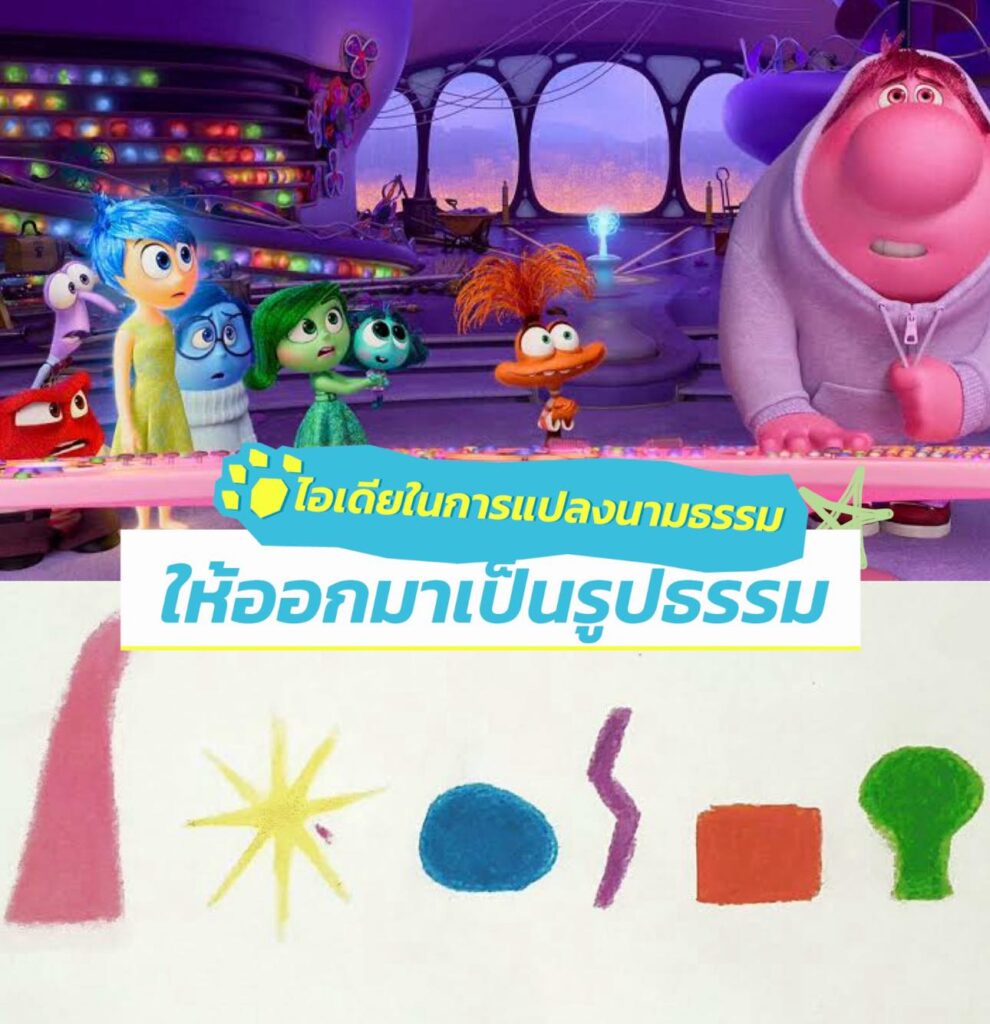
To help audiences connect with the characters and fully grasp the story’s message, the creative team worked meticulously to design each character as a concrete representation of their respective emotion. Creating these distinctive emotional characters required extensive research, including studying numerous books, consulting experts, and discussing teenage brain development with psychologists – a period when human emotions become both broader and more complex.
Ana Gabriela Lacaze, the Character Supervisor for “Disney and Pixar’s Inside Out 2,” explains their approach to transforming abstract emotions into tangible forms. The creative team decided against making the characters look completely solid like regular people. Instead, they interpreted each character with varying degrees of transparency. “We materialized emotions by incorporating three key elements:
- Surfaces
- Volumes
- Particles
Each emotional character has unique characteristics and distinct particle effects. For instance, Sadness, Embarrassment, and Envy have a softer, more transparent quality that blends seamlessly with their dimensional forms. Meanwhile, emotions like Anger, Anxiety, and Ennui have more opaque particles that almost resemble sugar crystals. If you look closely, their edges are somewhat blurred, and their visible parts display different colors depending on how light hits them. Also, all emotional characters have sparkly eyes, except for Sadness,” the Character Supervisor explains.
Joy best exemplifies all these design elements. She constantly radiates light, surrounded by a large, soft blue volume, and is the only character with tiny particles trailing behind her that fall and dissipate as she moves. The hair design for Joy and all emotions is particularly interesting: “From a distance, their hair appears to shine like real hair, but upon closer inspection, you’ll notice it’s composed of tiny dots that sparkle and create an aurora-like effect, making it appear supernatural.”
Each character was thus intentionally designed to help viewers better understand and connect with these emotions. Their unique visual characteristics serve to communicate their emotional essence more effectively to the audience.
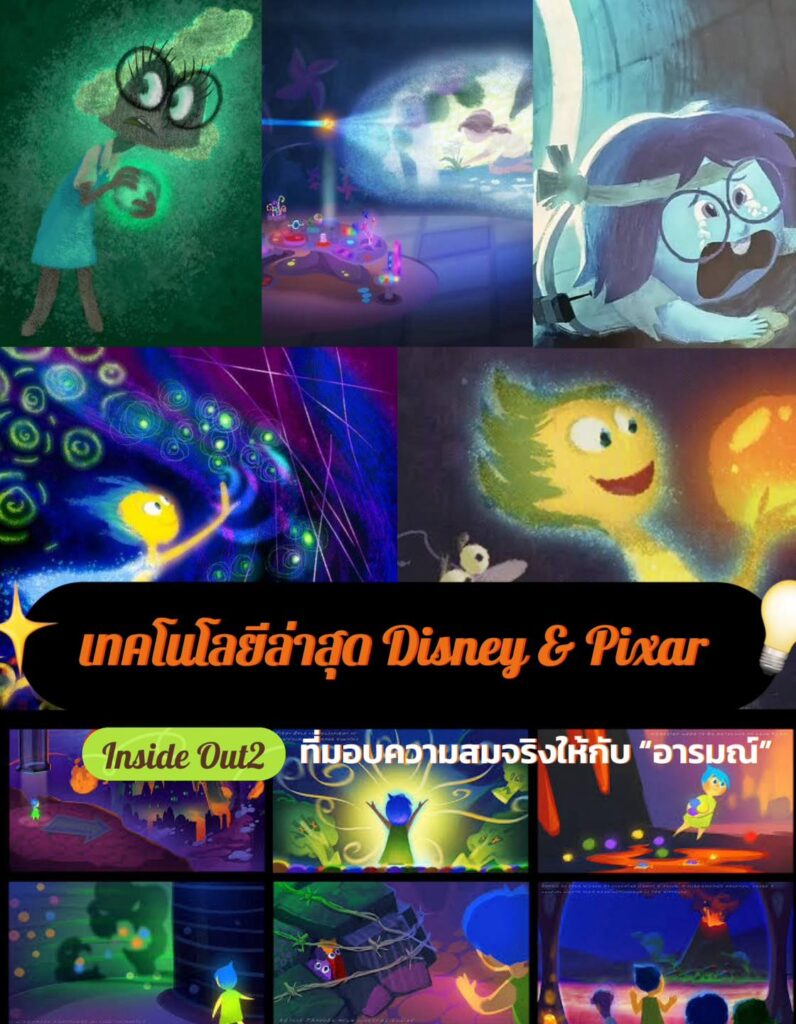
Disney & Pixar's Latest Technology Bringing Characters to Life
Beyond the intricate character designs in “Disney and Pixar’s Inside Out 2,” the visual creation process itself was equally special. Patrick Coleman, Pixar’s Global Technology Supervisor, explains that their character creation system allowed animators to work quickly and efficiently, both in developing new emotion characters and enhancing the original characters designed nine years ago.
One of the major visual challenges was ensuring that each emotion character maintained all essential components – surfaces, volumes, and particles – while each element added its own complexity to the character’s movement. To address this, Pixar utilized their proprietary software called “Presto” to help animators design character movements. This crucial process helped bring a new level of dimensional realism to the emotion characters in “Disney and Pixar’s Inside Out 2.”
